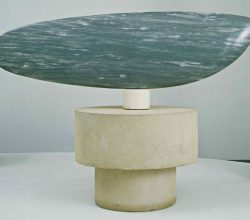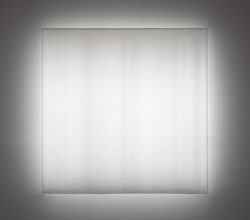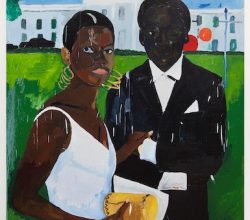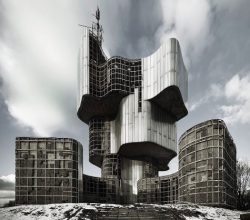
The Ascetic Beauty of Brancusi
Hugh Eakin | The New York Review of Books | 28th July 2018
It’s odd to say Brancusi “exploded” onto the art scene in 1913. He could barely sell a work and, for decades, depended on a sole American patron. Such market indifference reflects “the extent to which Brancusi was operating wholly outside the temper of his time, including [radical] Paris.” Given his stature now, this is surely one of the more remarkable transformations in all of art history.





